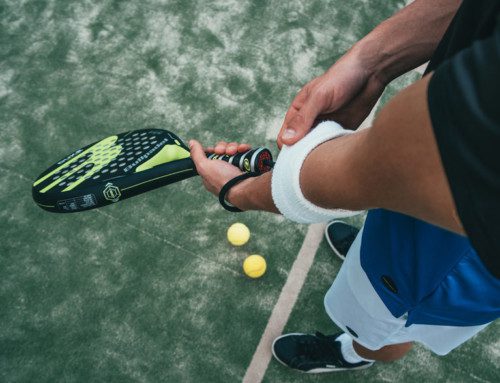Kitchen ergonomics can be just as important as work ergonomics whether you are a chef or a home cook. While sports and trauma often come to mind, everyday activities are often underestimated as the culprit behind overuse injuries.
One place overuse injuries tend to occur the most is in the kitchen. Some common activities in the kitchen that can cause overuse injuries are:
Opening a jar
At some point, we have all had trouble opening a tight jar lid. It requires a wide grip with a large force that rotates our wrist inward. This sustained force can increase your chance of Carpal Tunnel Syndrome or a ligament wrist strain from the rotation.
A simple way to help avoid straining is to first loosen the lid by running it under hot water or tapping on the bottom of the jar to release pressure. Another method is placing a rubber band around the edge of the jar which helps to increase the friction making it easier to open.
If you have any prior hand or wrist conditions, such as arthritis, adaptive equipment that grips for you with less force may be an easier option.
Using a Rolling Pin
Although not an everyday tool for most, using a rolling pin frequently or with too much force may cause pain.
Like opening a jar, a repetitive use of a rolling pin can cause Carpal Tunnel from pressure on the palms. Lifting your hands up forward and then pressing down as you roll back may cause tightness in the forearms.
One way to avoid this strain is by using a weighted rolling pin that rolls in the middle so that your hands aren't lifting and flexing.
Also, wearing wrist braces while baking can help to keep the wrist in neutral and minimize additional strain. You may also choose to wear wrist braces while sleeping for a similar effect. Stretching and heating the muscles of the forearm if they feel tight may decrease the pull on the wrist and fingers.
Using a knife
Proper wrist motion when chopping food can be challenging.
It may seem like a simple enough motion, but when fatigued, the repetitive wrist motion of flexion and extension can actually affect the median nerve. This, coupled with force from trying to get a knife through a harder object, may cause injury.
To address this, we want to work smarter not harder, and try to keep our wrist in a neutral position (neither flexed nor extended) when chopping.
Using a knife with the correct grip like an ergonomic knife helps decrease the stress on the wrist. You also want to choose the proper knife for the task. It is very easy to grab a paring knife when a serrated bread knife might be all you need to complete the task. Keeping your knives sharpened will also minimize the force needed.
If you notice pain in your wrist or fingers from kitchen work, contact Set PT. We can assess the issue and provide you some suggestion to get you back in the kitchen in no time.





